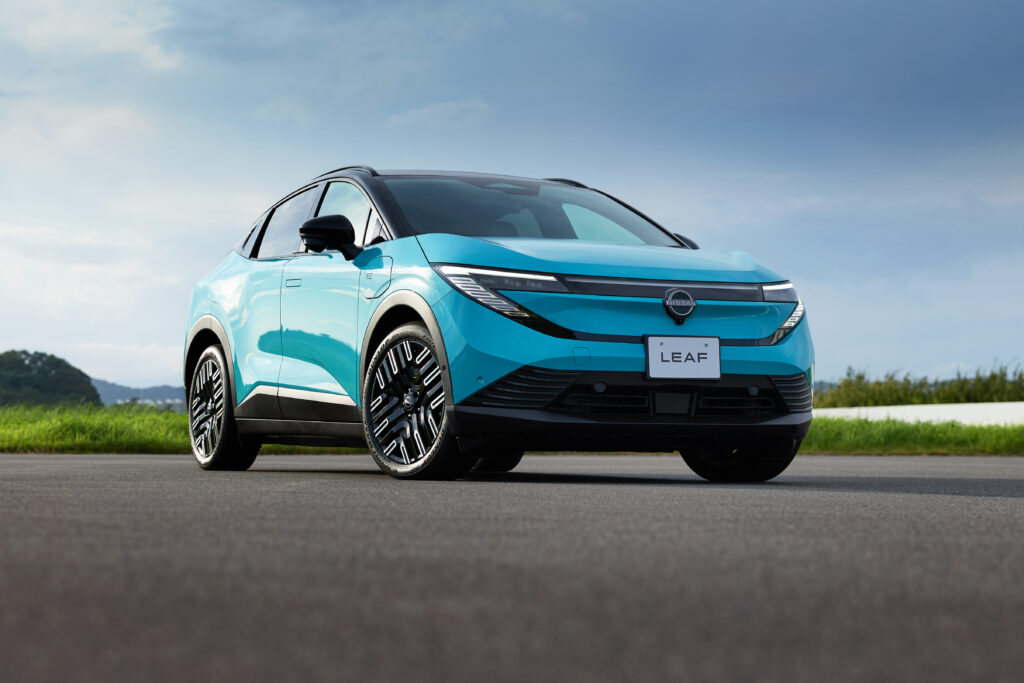Tesla China Comeback: Retail Sales Hit Second-Highest Month of 2025
Reports on manufacturing, labor and earnings with clear, practical context. Drives a Tesla Model 3 RWD; family hauler is a Volvo XC60.
In a significant rebound for the electric vehicle giant, Tesla's retail sales in China soared to 71,525 vehicles in September, marking the company's second-highest monthly total this year. This resurgence comes amidst an intensely competitive automotive market and showcases Tesla's resilience and strategic maneuvering in one of its most crucial markets.
Tesla's September sales figures in China, just shy of the 74,127 units sold in March, reflect a notable recovery in the company's market performance. This resurgence reduced Tesla's year-on-year sales decline to a mere 0.93%, a significant improvement facilitated by a 25% jump from August's numbers. The data, sourced from the China Passenger Car Association (CPCA), highlights Tesla's capacity to rebound despite previous months of challenges and market fluctuations.
Despite the positive figures, Tesla China has experienced a trend of year-on-year declines for seven months within 2025, with exceptions in March and June. Much of the downturn can be attributed to the transition to a new Model Y, which temporarily affected sales. The Shanghai Gigafactory, a pivotal production hub for Tesla, continues to play a dual role, serving both domestic and export markets. Notably, the factory exported 19,287 vehicles in September, a 19.6% year-on-year increase, although this was a 25.9% decrease from August, aligning with Tesla's strategy to prioritize exports early each quarter.
The Tesla Model Y proved to be the driving force behind the company's sales in China, with 59,907 units sold wholesale in September, marking a 17.1% increase from the previous year. Conversely, the Model 3 saw a dip, with 30,905 units sold, down 16.8% year-on-year but recovering 27% from August. These figures underline Tesla's strategic focus on the Model Y as a pivotal product in its Chinese lineup, reflecting consumer preferences and market trends.
Tesla's overall market share in China's New Energy Vehicle (NEV) segment rose to 5.52%, with its Battery Electric Vehicle (BEV) share climbing to 8.66%. These modest gains are indicative of Tesla's ability to maintain its ground in a competitive market. Across the third quarter, Tesla sold 169,294 vehicles in China, a 6.9% year-on-year decline. However, this was countered by a strong 31.4% recovery from the second quarter, showcasing the company's adaptive strategies and market resilience.
Looking forward, Tesla's retail total in China for the year stands at 432,704 units, a 5.97% decrease compared to last year. The company's ability to bounce back amid market challenges is a testament to its strategic pivots and consumer appeal. As Tesla continues to navigate the dynamic automotive landscape in China, its focus on innovation and market adaptation will be crucial in maintaining and potentially expanding its market share.
Tesla's performance in China is a pivotal indicator of its global strategy's success. The September sales surge underscores the company's resilience and adaptability in the face of market challenges. With significant gains in market share and a robust export strategy, Tesla is well-positioned to capitalize on future opportunities. As the company continues to innovate and expand its offerings, its trajectory in China will be closely watched by industry stakeholders and consumers alike.
About Priya Nair
Reports on manufacturing, labor and earnings with clear, practical context. Drives a Tesla Model 3 RWD; family hauler is a Volvo XC60.



